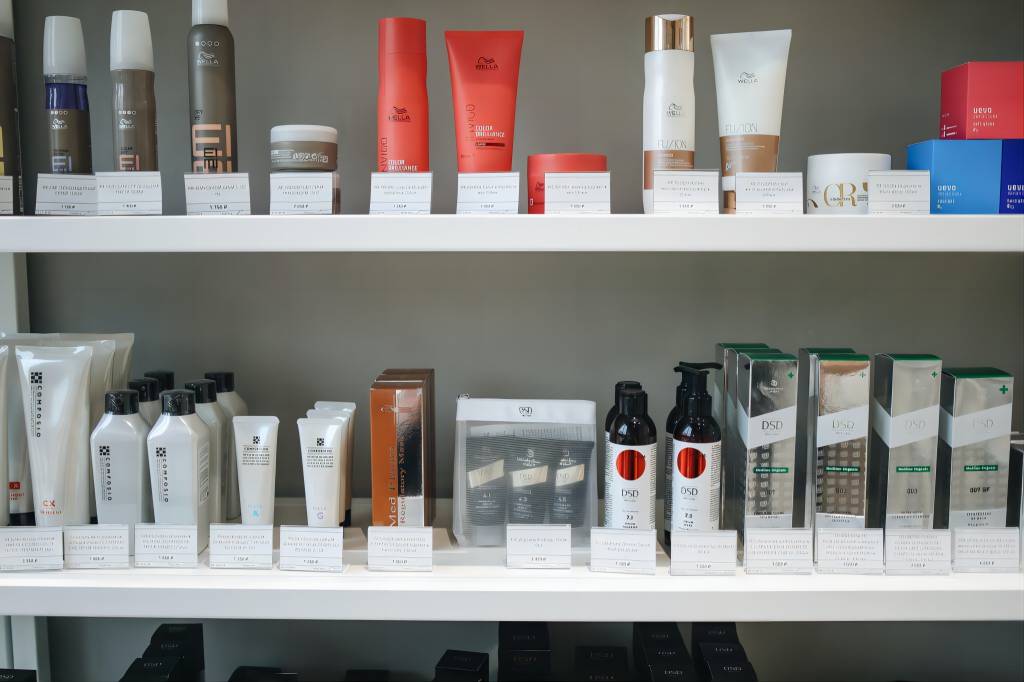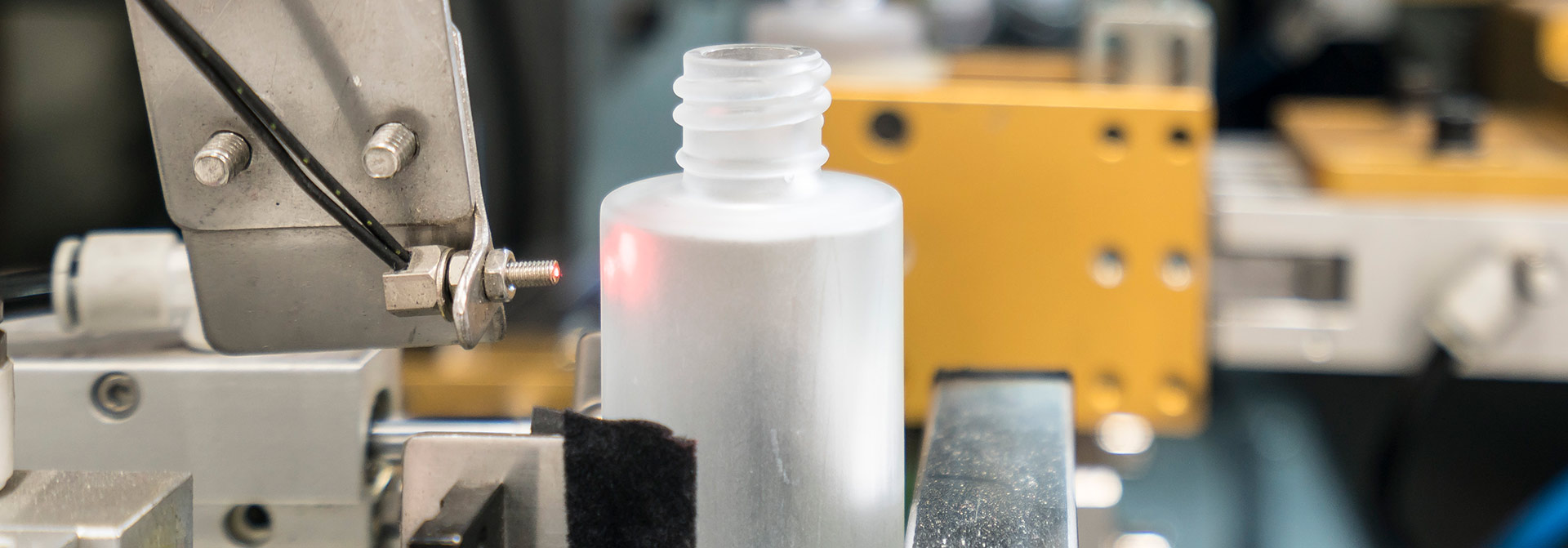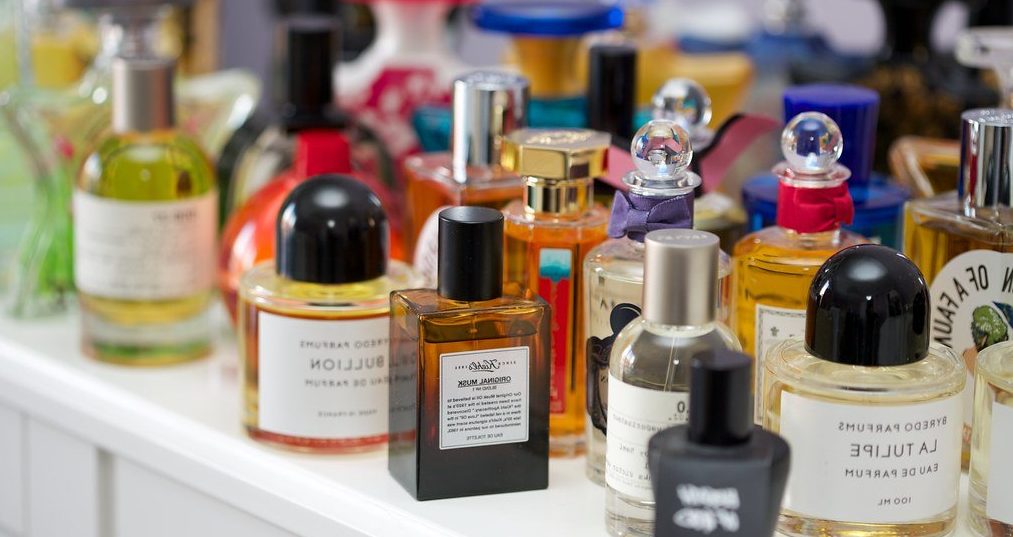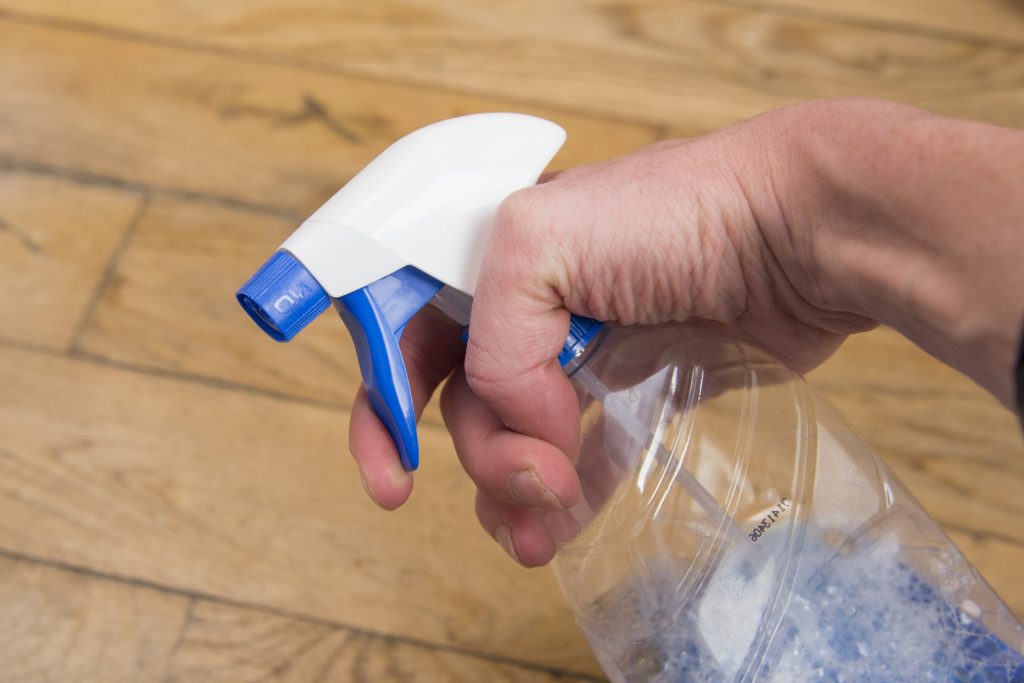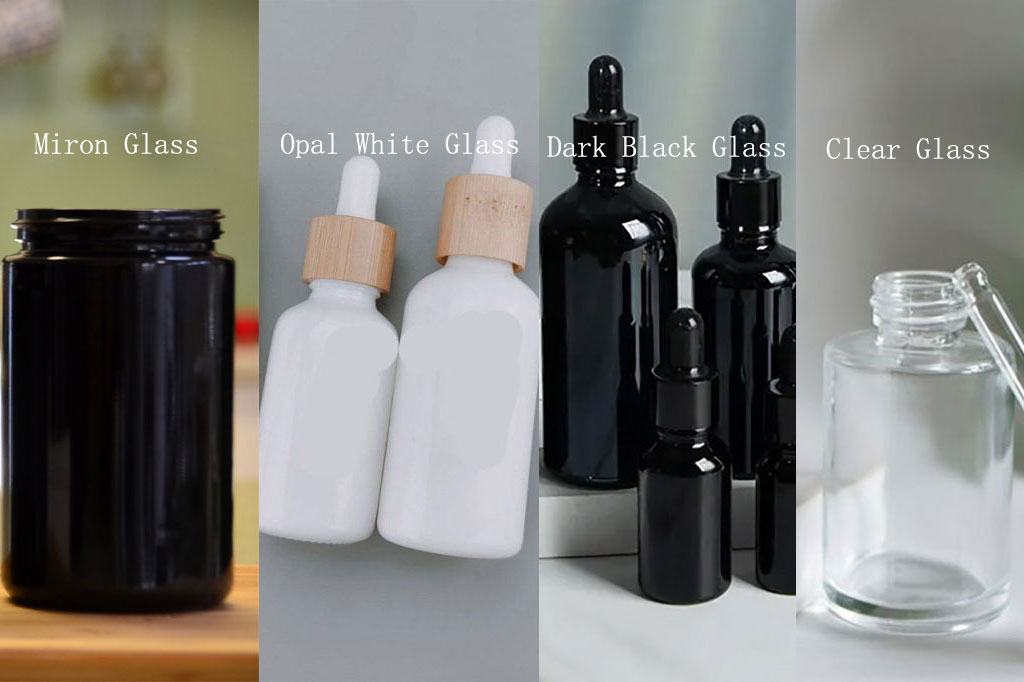With advancements in printing technology, cosmetic brands now have access to a plethora of cutting-edge printing methods to elevate their packaging game. From traditional techniques to futuristic solutions, let’s delve into seven printing methods reshaping the landscape of cosmetic packaging.
A Quick Comparison
Attribute | Screen Printing | Offset Printing | Digital Printing | Hot Stamping | Pad Printing | Flexography | Laser Engraving |
Suitable Materials | Plastic, Glass, Metal | Plastic, Metal | Plastic, Glass | Plastic, Metal | Plastic, Metal | Plastic, Bamboo | Wood, Bamboo |
Image Quality | High | Very High | Very High | Medium | Medium | High | High |
Cost Efficiency | Medium | High (large volumes) | Low to medium | Medium to high | Medium | High (large volumes) | Variable |
Best For | Vibrant colors, large batch production | High detail and quality, large volumes | Short runs, high detail images | Premium, luxury finishes | Curved or uneven surfaces | Continuous patterns, labels | Permanent, customized designs |
Durability | Very High | High | Medium to High | High | Medium | High | Very High |
Screen Printing
Screen Printing utilizes a mesh and stencil process to press ink onto surfaces, making it exceptional for vibrant, long-lasting prints on diverse materials like glass, plastic, and metal.
It shines in producing bright and opaque colors, perfect for large-volume orders, offering a more economical solution per unit when compared to digital and laser methods, especially for bulk orders.
Pros | Cons |
|
|
Offset Printing
Offset Printing excels in delivering high-resolution images by transferring ink from plates to a rubber blanket and finally onto the substrate.
This method is ideal for creating detailed and consistent graphics on paper labels, surpassing the capabilities of screen or pad printing for high-quality detail, primarily suited for high-volume, standardized production runs.
Pros | Cons |
|
|
Digital Printing
Digital Printing stands out by printing directly from digital files without the need for physical plates, offering unparalleled flexibility and speed for short runs and custom designs.
It is particularly effective for limited editions and personalized projects, providing advantages in speed and variability that offset and flexography cannot match, allowing for on-demand printing.
Pros | Cons |
|
|
Hot Stamping
Hot Stamping is unique in applying metallic or pigmented foil under heat and pressure to achieve a luxurious, reflective finish.
Unlike ink-based methods, it provides a distinctive glossy appearance that significantly enhances the perceived value of cosmetic packaging, making it perfect for products aiming for a premium market positioning.
Pros | Cons |
|
|
Pad Printing
Pad Printing is specialized for printing detailed designs on complex, textured, or uneven surfaces, utilizing a silicone pad to transfer ink from an etched plate directly to the object.
This method excels over others like flexography and offset, which are better suited for larger and flatter surfaces, offering precision in small detailed applications.
Pros | Cons |
|
|
Flexography
Flexography efficiently produces labels with fast-drying inks and flexible plates, ideal for cosmetic bottle labeling. While not for direct bottle printing, it creates vibrant, high-quality labels.
It excels in continuous patterns and large batches, outperforming digital printing in speed and cost-effectiveness. Perfect for the dynamic needs of cosmetic packaging, flexography meets demands effectively.
Pros | Cons |
|
|
Laser Engraving
Laser Engraving provides unmatched precision and permanence by using a laser to etch designs directly into the material of the bottle.
This method does not involve inks, making it superior for creating durable, high-quality markings that are essential for luxury and high-end cosmetic products, offering a sophisticated branding solution that is permanent and tamper-proof.
Pros | Cons |
|
|
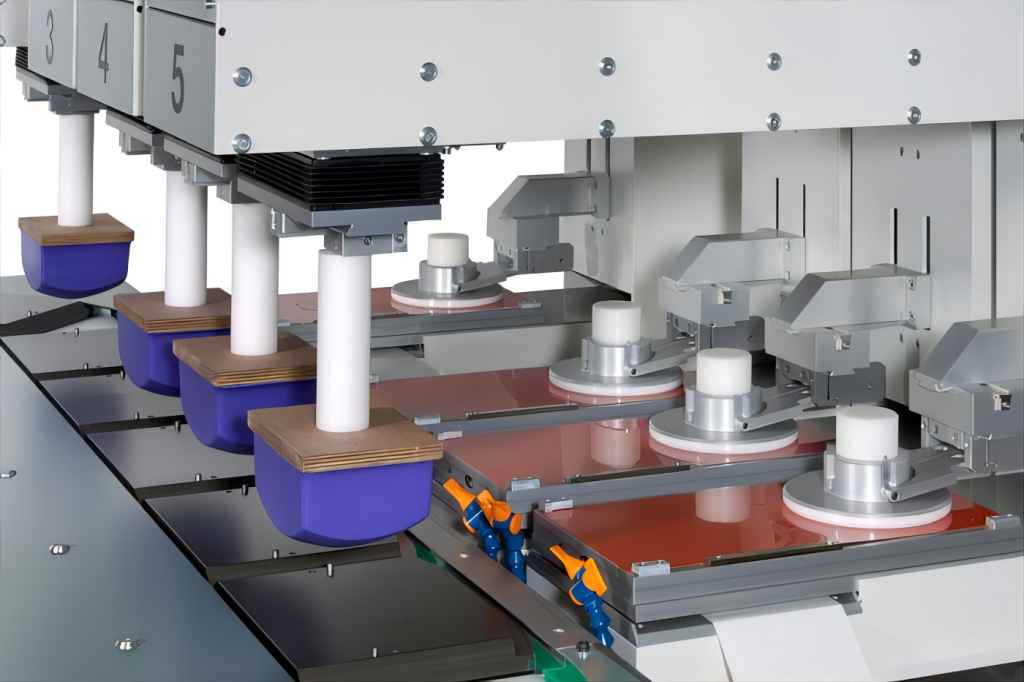
Conclusion
In the ever-evolving world of cosmetic packaging, these seven printing methods offer a spectrum of possibilities for brands to express their creativity and captivate consumers. By leveraging the latest printing technologies, cosmetic companies can elevate their packaging to new heights, leaving a lasting impression in the hearts and minds of beauty enthusiasts worldwide.

